The MVP Fasttrack: 6-Steps to Building a Minimum Viable Product in Days
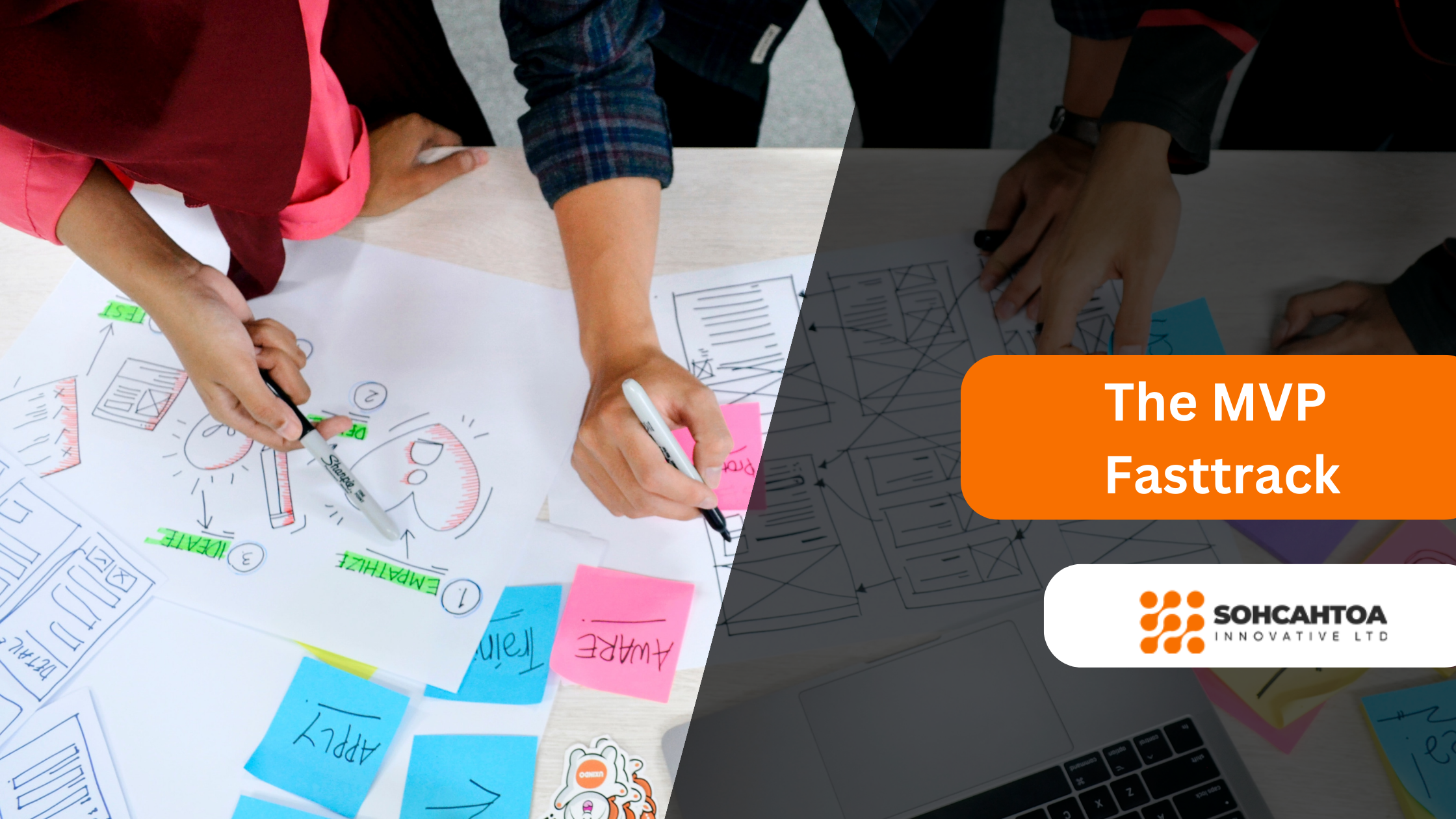
So you’ve decided to design and launch an MVP for your big idea, and then you discover —
— this is pretty difficult to do, right?
Wrong!
While designing an MVP can be a lot of work for most entrepreneurs launching their startups from a hobby or professional standpoint, the many technical jargons flying around it (and startups in general) make it more complex than it is.
We’re not saying it doesn’t take a bit of intuition and work to create a perfect MVP. We’re saying it doesn’t have to be complicated or time-wasting. (And yep, the time-wasting aspect of it is a ‘big problem’ many founders experience)
Already, there is a ton of information on the web guiding you on creating a winning MVP, so we wouldn’t go down that route. In this piece, we’d map out a simple 6-step sprint you can follow to launch your MVP and do so in only a matter of days. But first, let’s get a hang on:
What MVP is all about
An MVP is a product with just enough features to attract early-adopter (or customers) as a way of validating a product idea early in the product development cycle. Founders use MVPs to test if their product idea is in demand and what customers want.
Building an MVP is an absolute game-changer for your product. It’s a fantastic tool that grabs the attention of early adopters, validates your concept, and saves precious resources.
Not to mention, it enables you to assess critical features and gather invaluable feedback. If you’re ready to turn your dreams into reality, read on!

Step 1: Rapid Problem Definition
We love to call this the RPD framework for quickly answering the questions:
- Who are we building for, and why?
- What problems do our target market face, and what essential features in our product would solve those for them?
- Why would they buy or use this product?
This is the first step to identifying the problem you want to solve. You may write down your answers or check their feasibility in the market by interviewing potential buyers or users. This is more or less a track back to see if your original idea was valid or if you’ve found a better need to fill.
Validating the idea without developing the main product is crucial to saving resources and ensuring there’s a need for the product.
Despite your assumptions or market expertise, you still need to learn from the market if the problem you want to solve exists and what the market needs to solve that problem. RPD can be executed within a day or two if you’re well-tapped into your target market.
Step 2: Solution Sprint
When you’ve defined the problem and know a plausible solution, you can unleash your creativity with rapid solution sketching. The goal is to generate multiple design ideas without limitations and push the boundaries of innovation.
Think of it as a playground for your ideas where there’s no need for perfection or artistic expertise. Share your sketches with peers to gain feedback and spark new perspectives.
This is where you add all the features you’ve identified necessary to your product design and make it as functional as possible. A solution sprint can generate 3 to 4 possible designs or more. Now you’re ready for the next step.
Step 3: Decide and Define
Collaborate with your team to evaluate your design concepts and choose which one becomes your minimum viable product (MVP). Expect lively discussions and friendly debates while embracing diverse perspectives.
Some guidelines that should help you select the right design are:
- It should be fast and cheap to start and easy to scale.
- It doesn’t create too much negative impact when released to the market.
- It is designed to gauge whether a product is viable at a larger scale.
- It contains the essential features users need.
- It is built to easily obtain valuable data about what users and markets want relating to your idea or product.
Use these indicators to make tough decisions based on feasibility, user experience, market potential, and alignment with your goals.

Step 4: Prototype
When you’ve narrowed things down to a feasible option, it’s time to turn your brilliant idea into a tangible prototype.
Build the prototype based on market data, mapped user flow and selected features. A simple UI design and preliminary coding or crafting input will yield the MVP needed to collect and test your market.
Remember that an MVP is not lower quality than a final product but must still fulfil the customer’s needs. Therefore, it must be easy to use, engaging, and suitable for the users.
Step 5: Test and Learn
User testing is vital. It helps you uncover insights, validate assumptions, and improve your MVP through iteration. Watch real users interact with your prototype to discover what works well and what needs improvement.
Remain open to feedback and embrace the learning process. With each iteration, you’ll see feedback-driven growth. Use the insights gained to refine and enhance your MVP, ensuring it meets your users’ needs and expectations.
Step 6: Iterate and Refine
Refine your prototype using user feedback to enhance its value and usability. Transform it into something exceptional by addressing pain points, improving user experience, and optimising functionality.
Your business is in a loop of constant feedback and iteration at this stage. This is called ‘Build, Measure, Learn‘ or BML. You must keep collecting responses and testing the changes, as it’s the only way to figure out how to build something that people need and love.
Continuously improve by making decisions that align with user needs and preferences. Embrace the iterative mindset and witness your product evolve through each iteration.
Wrap Up
Remember, the MVP Design Sprint is not just a process; it’s a mindset of rapid prototyping, user-centricity, and continuous improvement. Embrace the journey, celebrate the wins, and learn from the setbacks. Best of luck with your remarkable entrepreneurial endeavours.
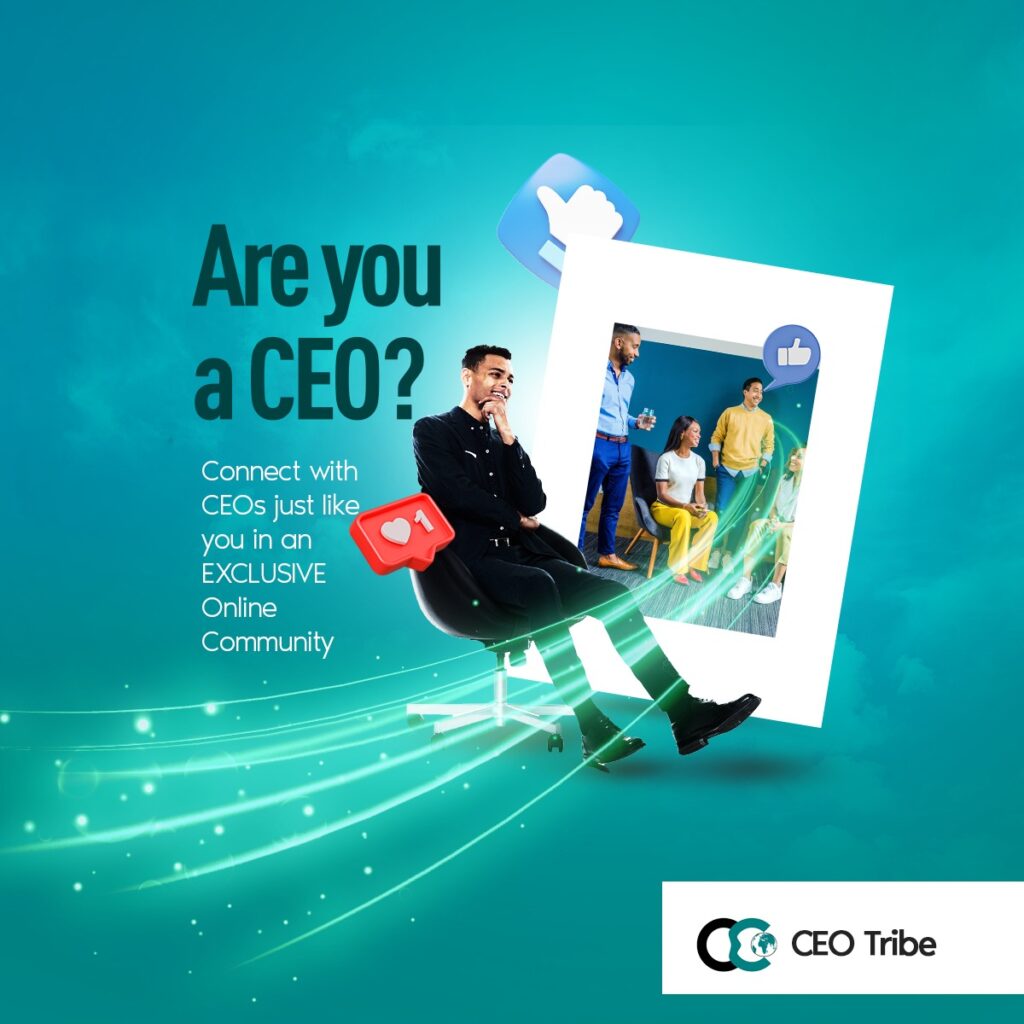
Stay tuned to this page for more business nuggets like this, and watch out for our business education, financing and mentor-matching platforms launching soon.
We’ve also built a community of entrepreneurs who are either turning their passions into businesses or already building their empires. Click here on our waitlist to know when we will launch this.
Recommended Posts
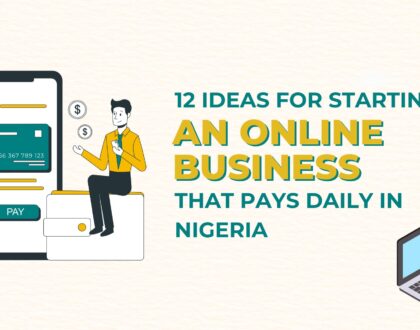
12 Ideas For Starting An Online Business That Pays Daily In Nigeria
October 31, 2024
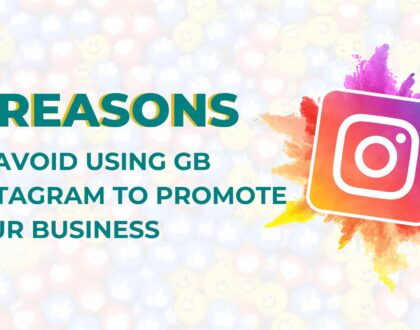
5 Reasons To Avoid Using GB Instagram To Promote Your Business
October 17, 2024
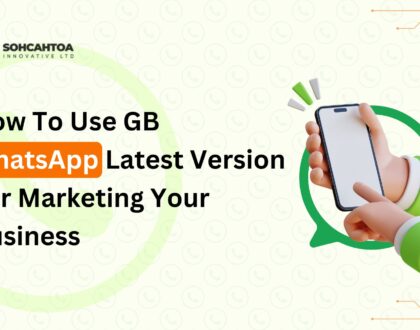
How To Use GB WhatsApp Latest Version For Marketing Your Business
September 6, 2024
